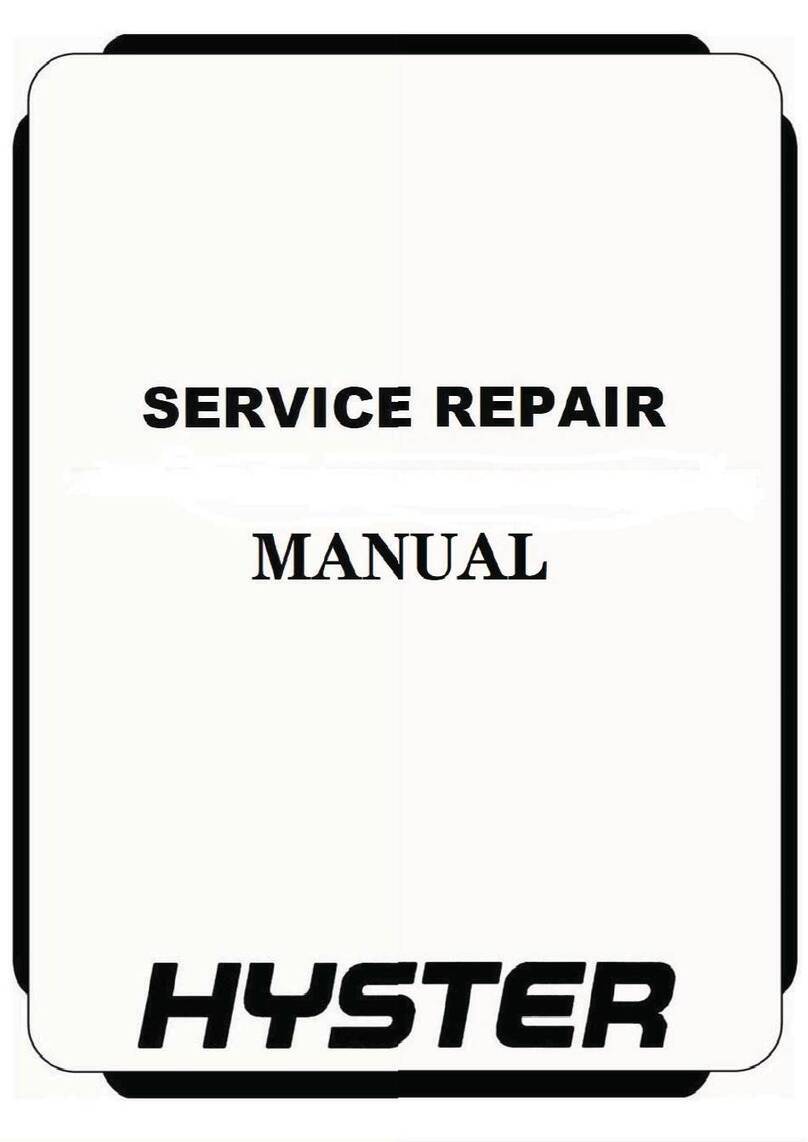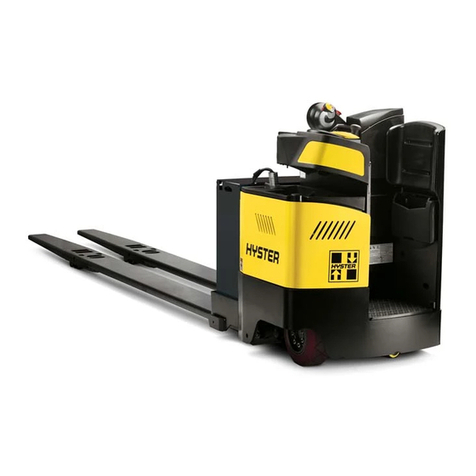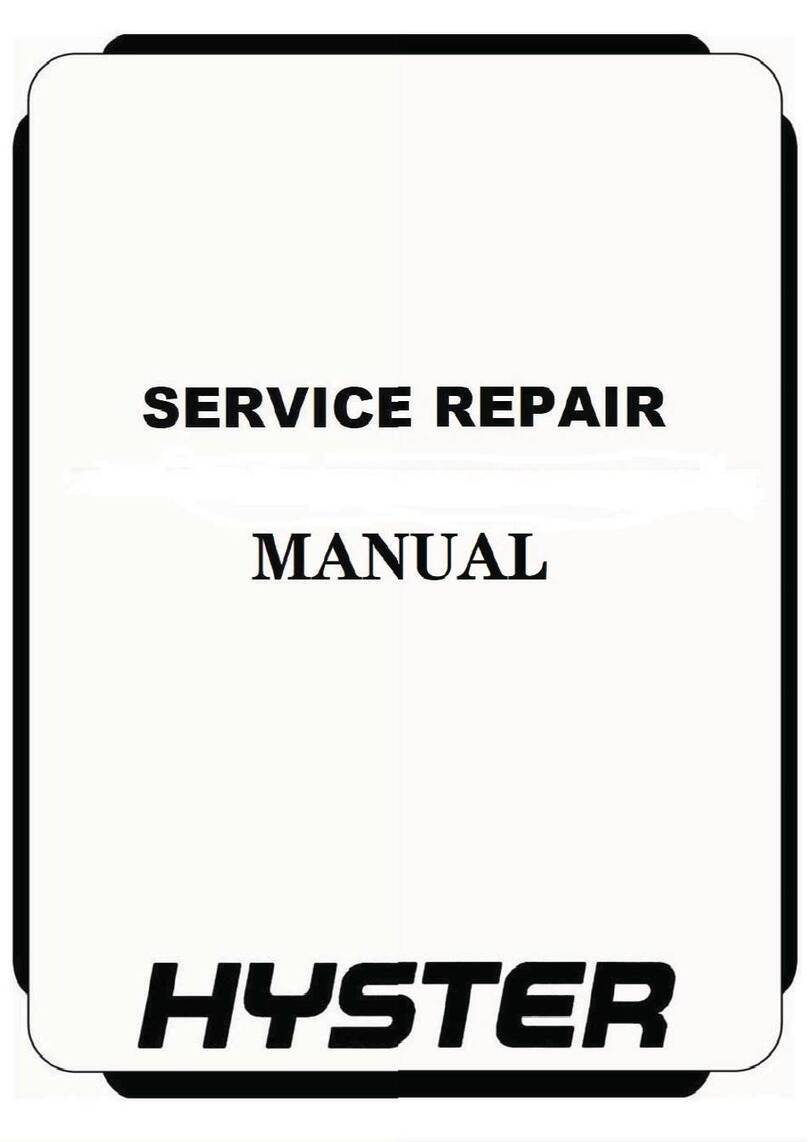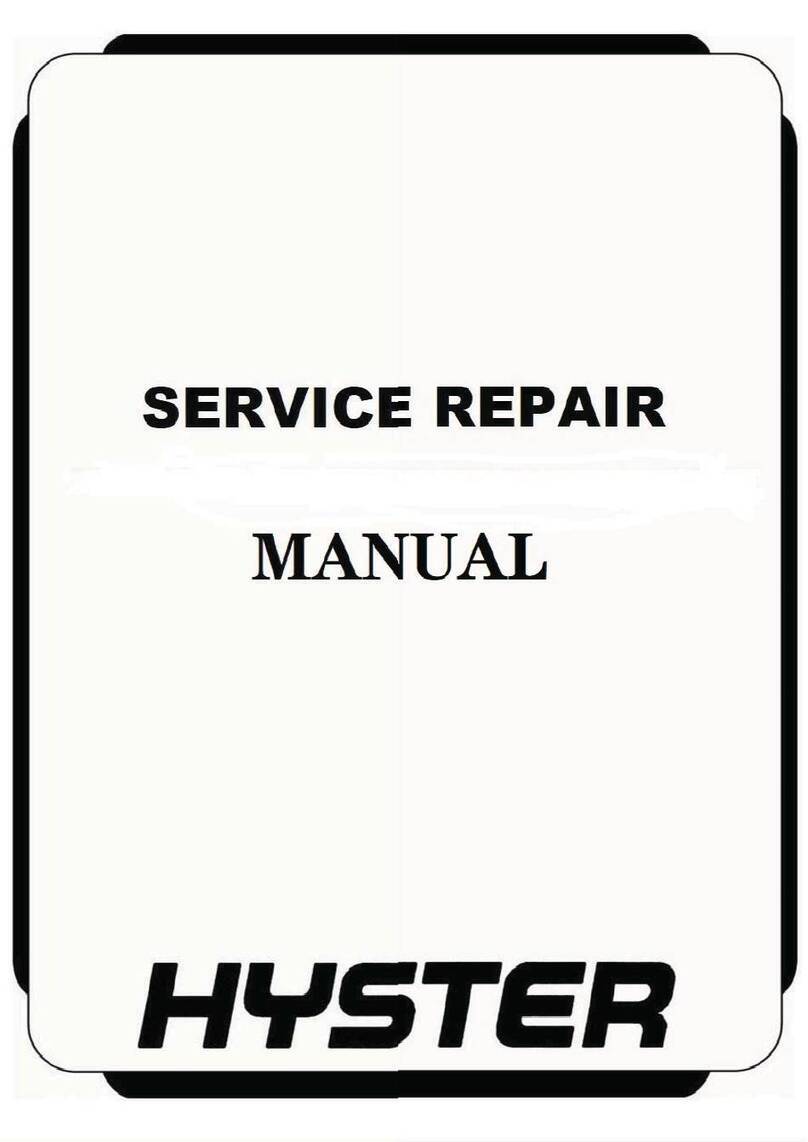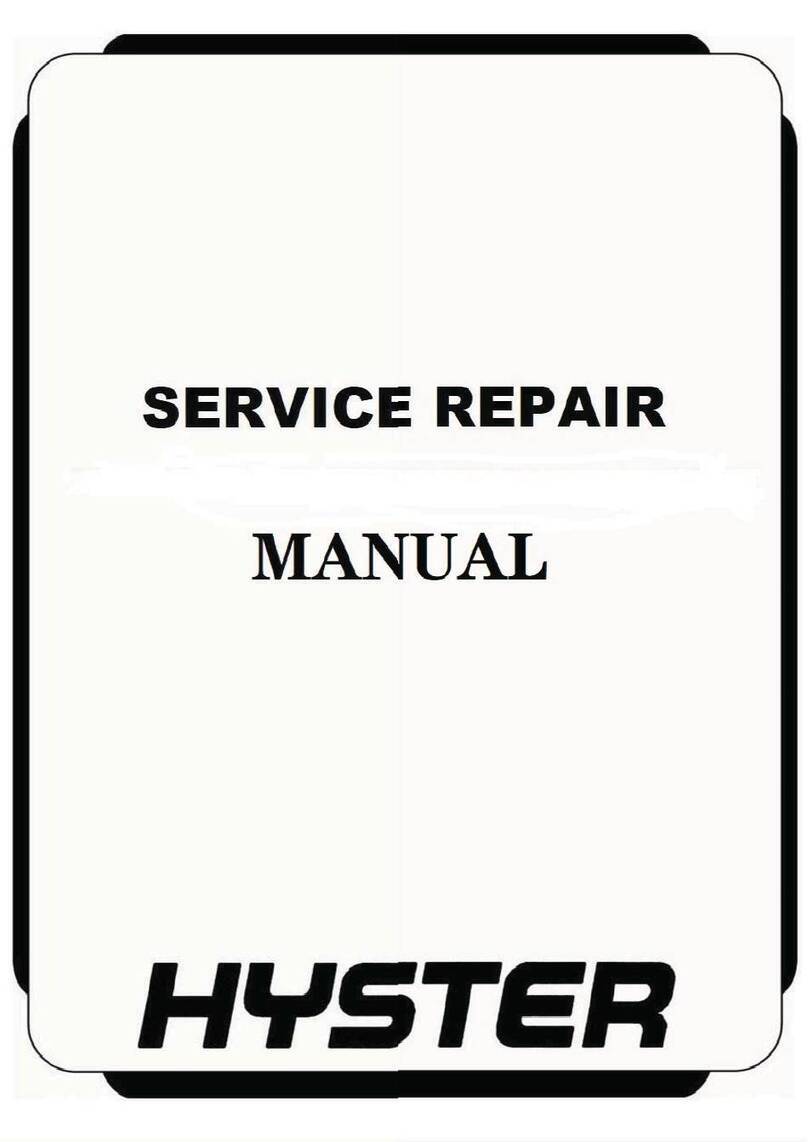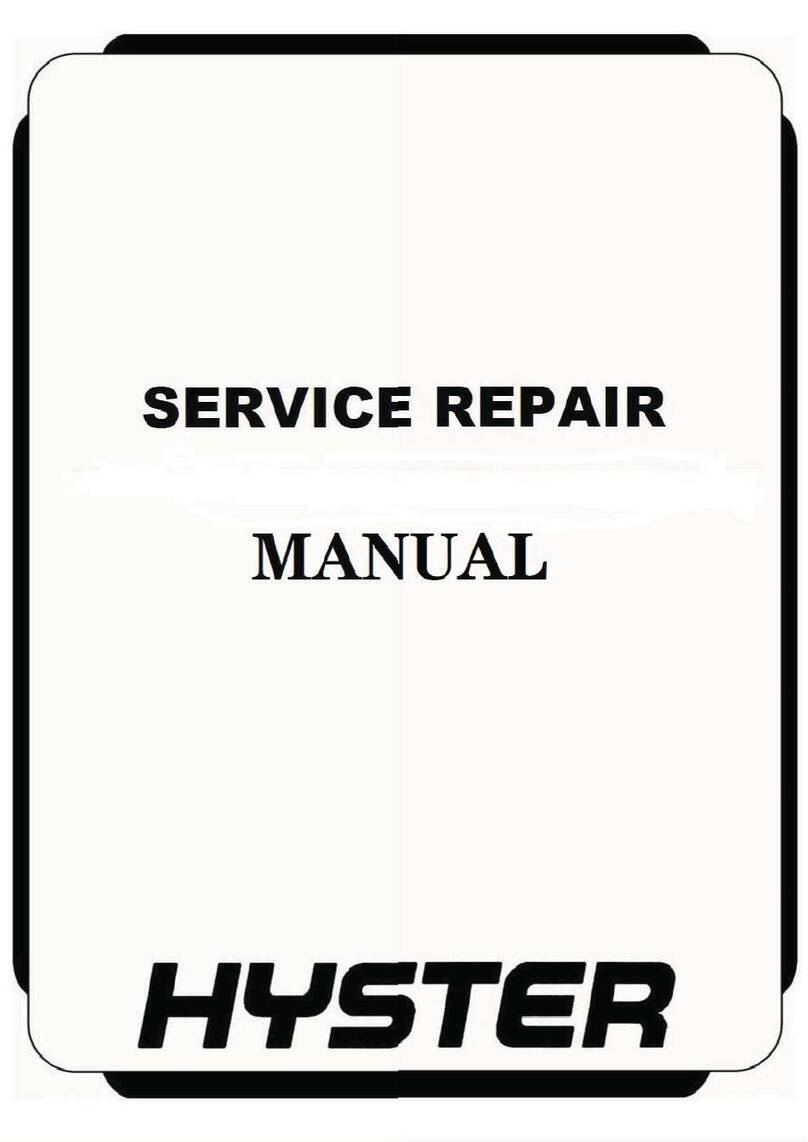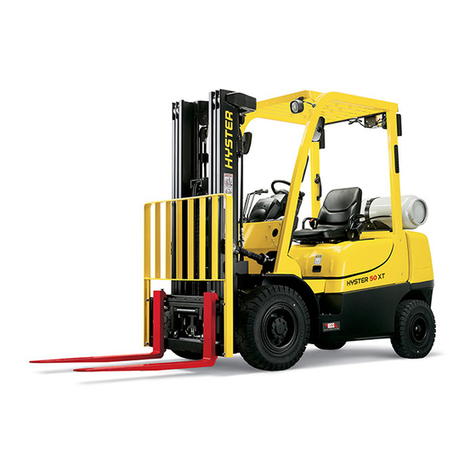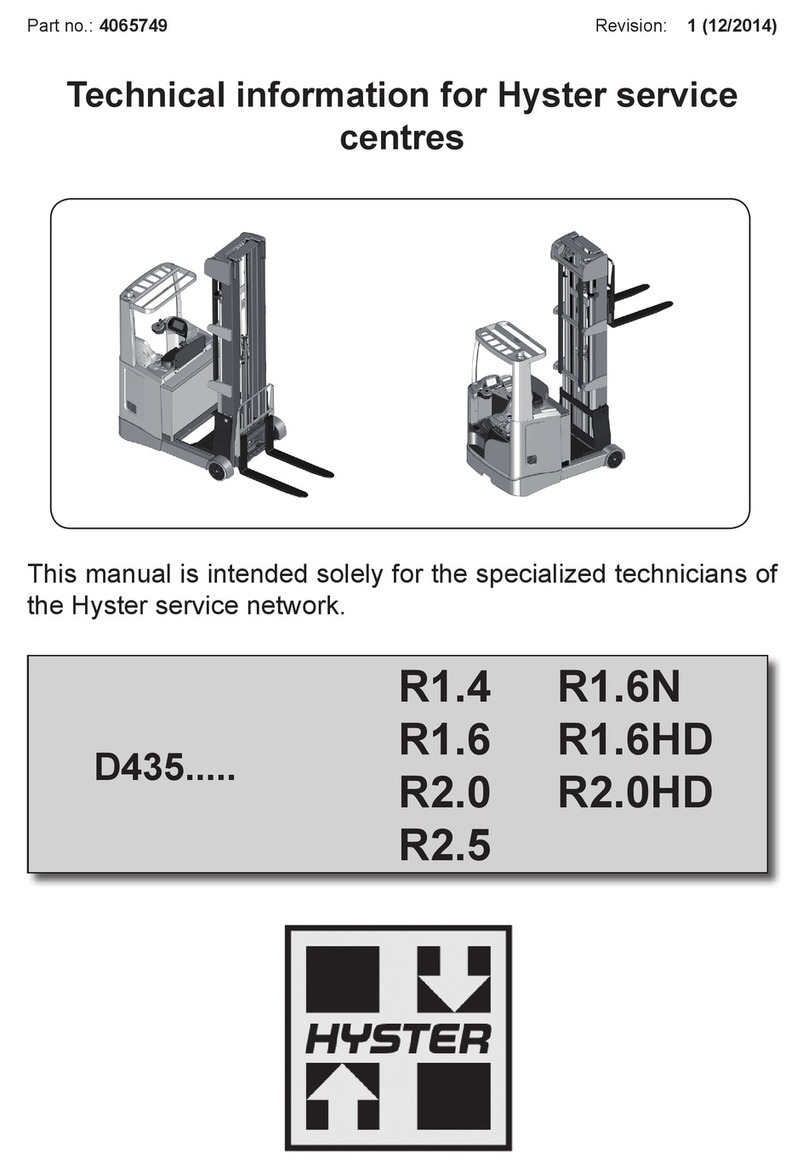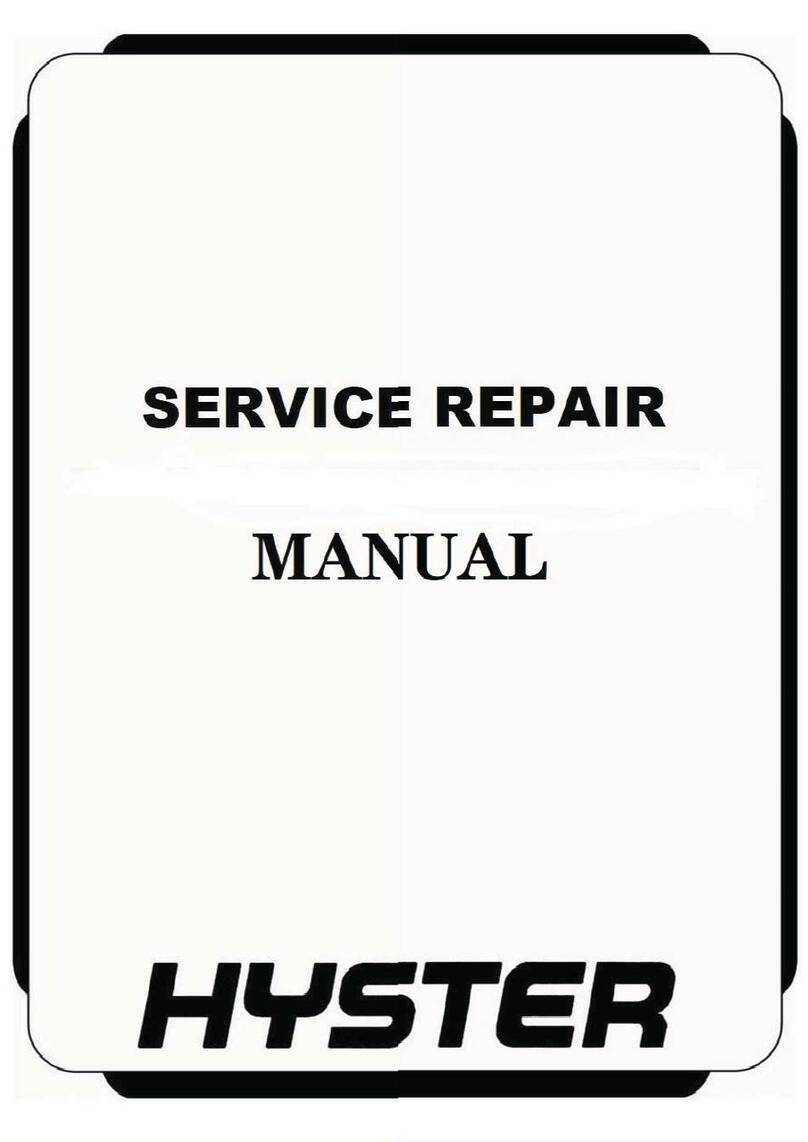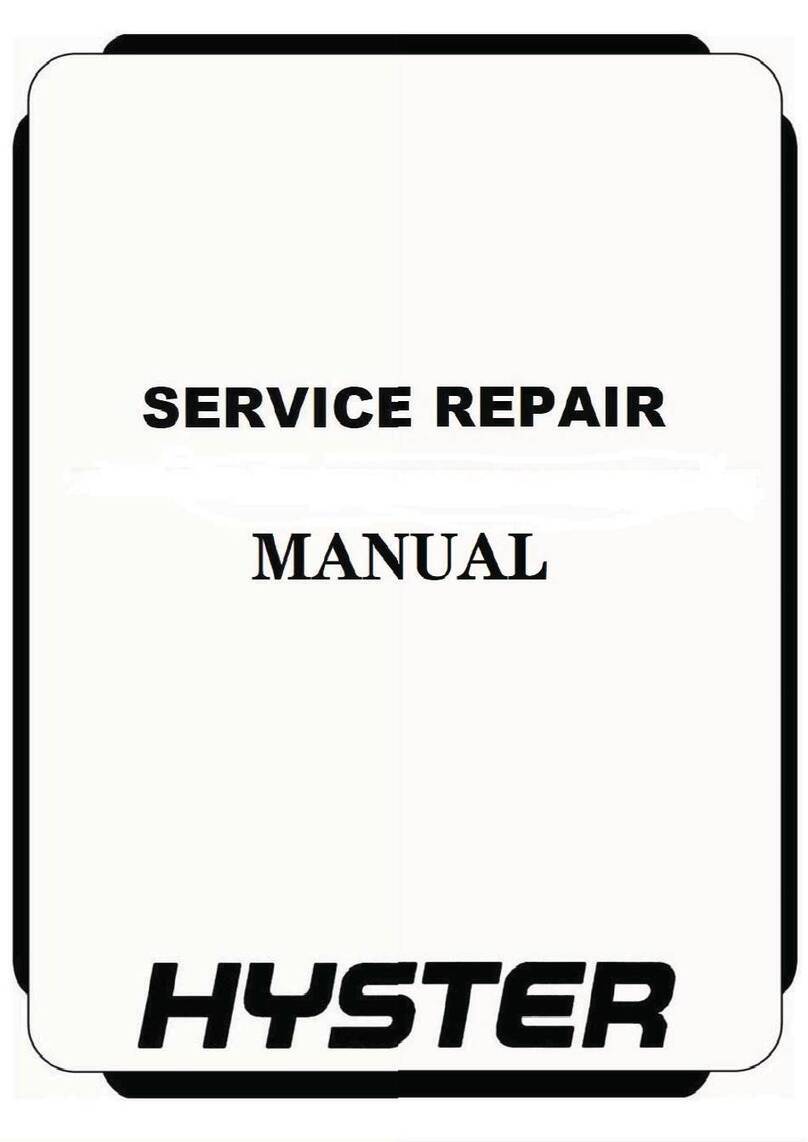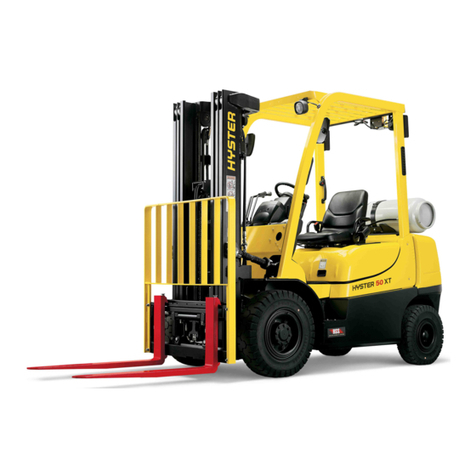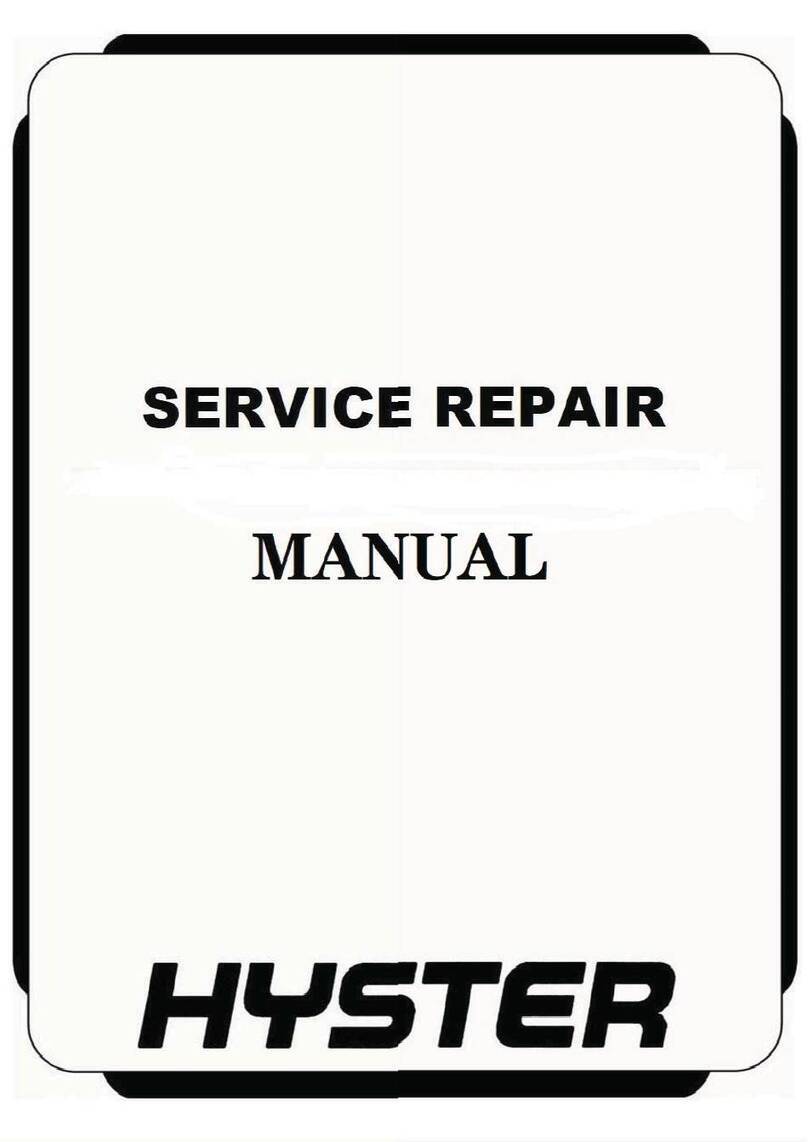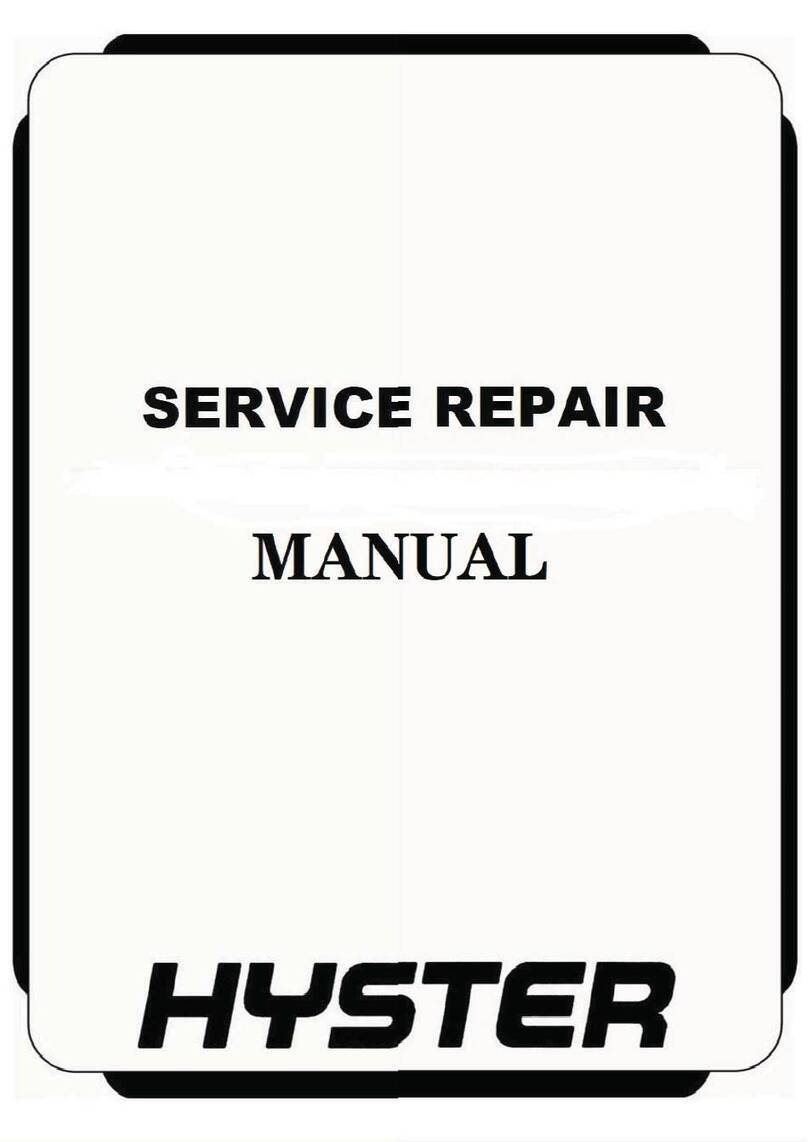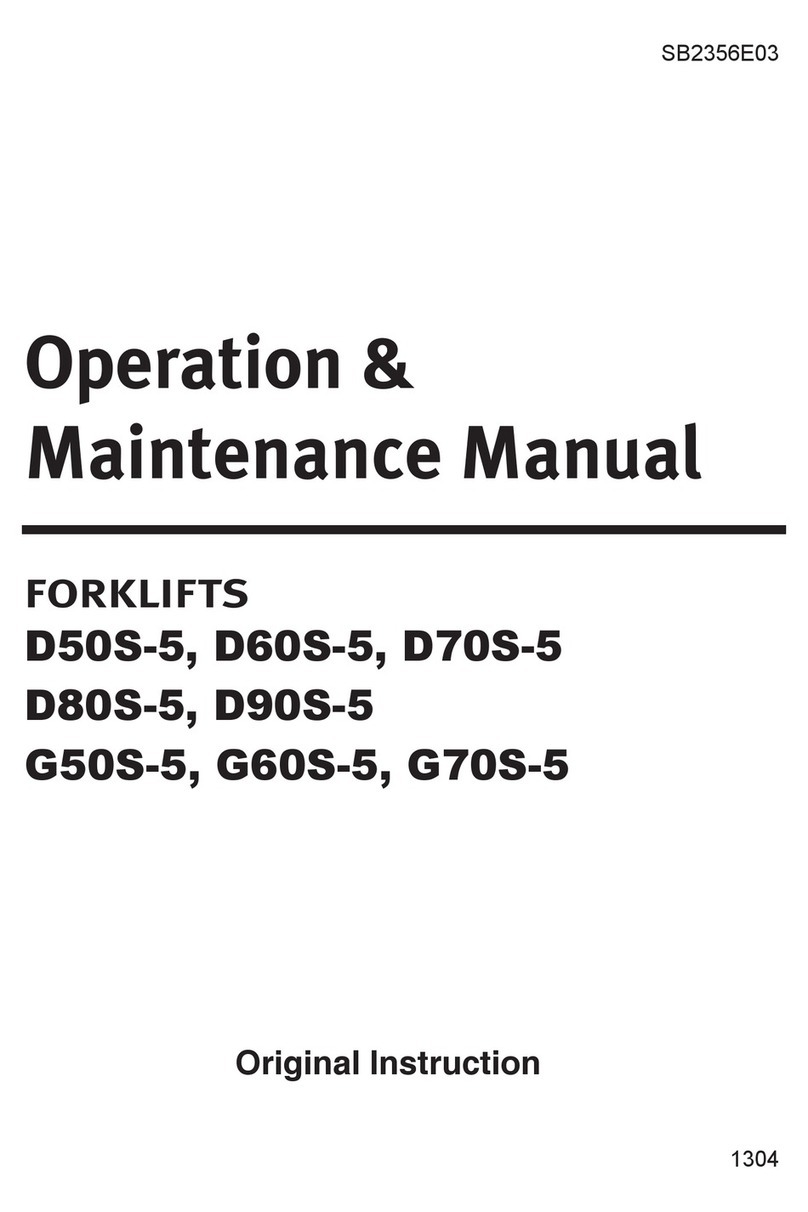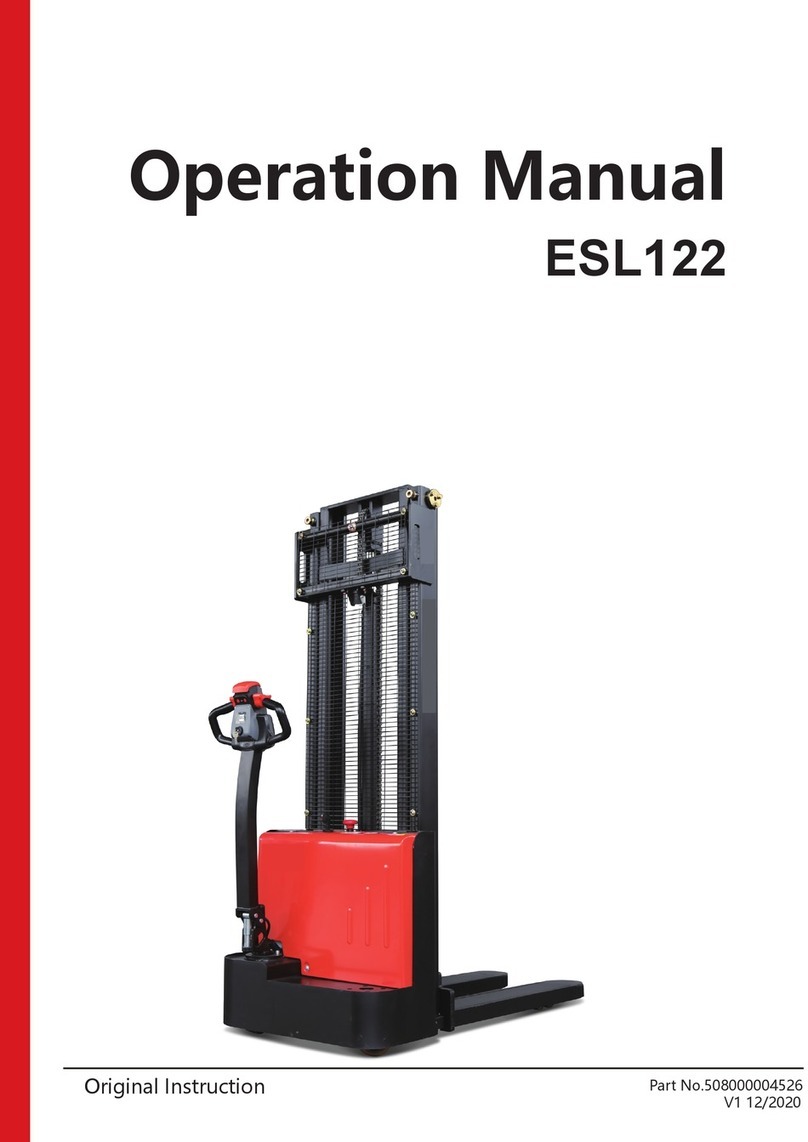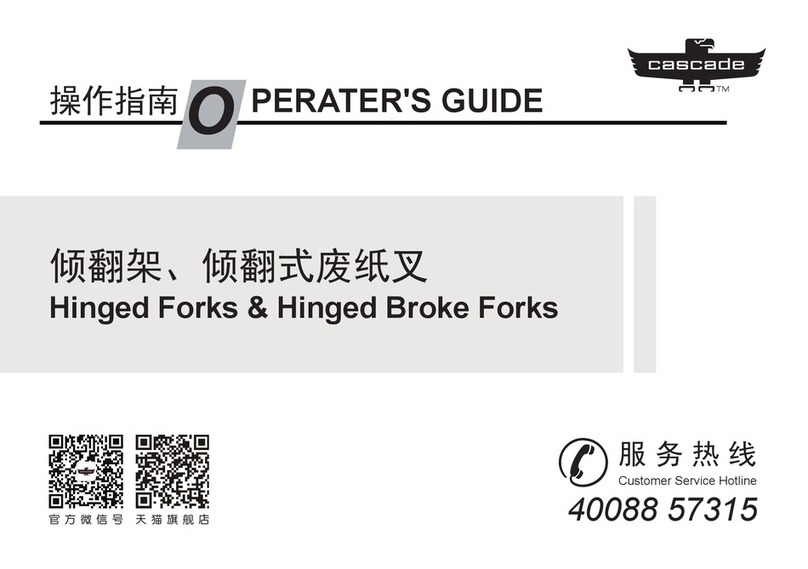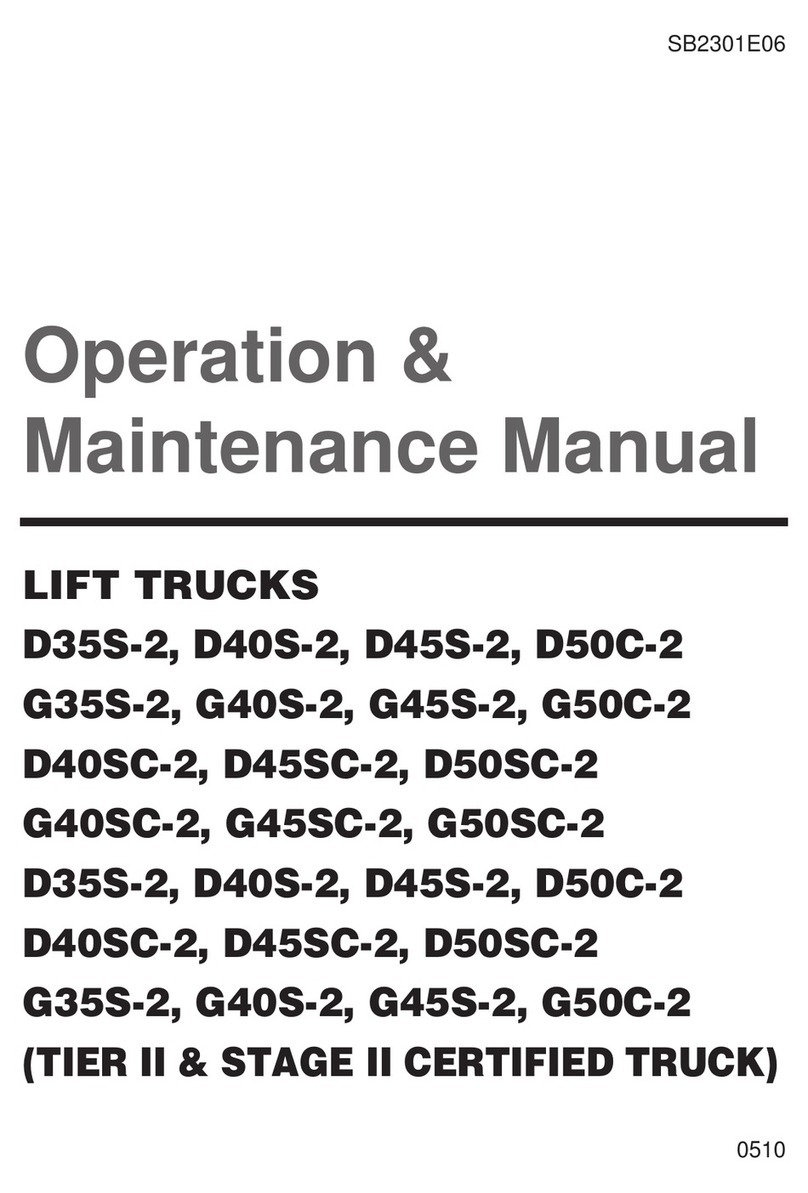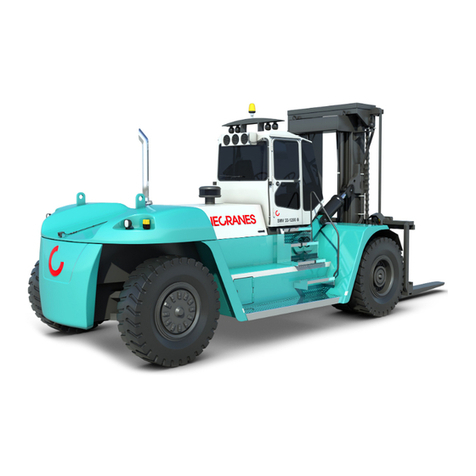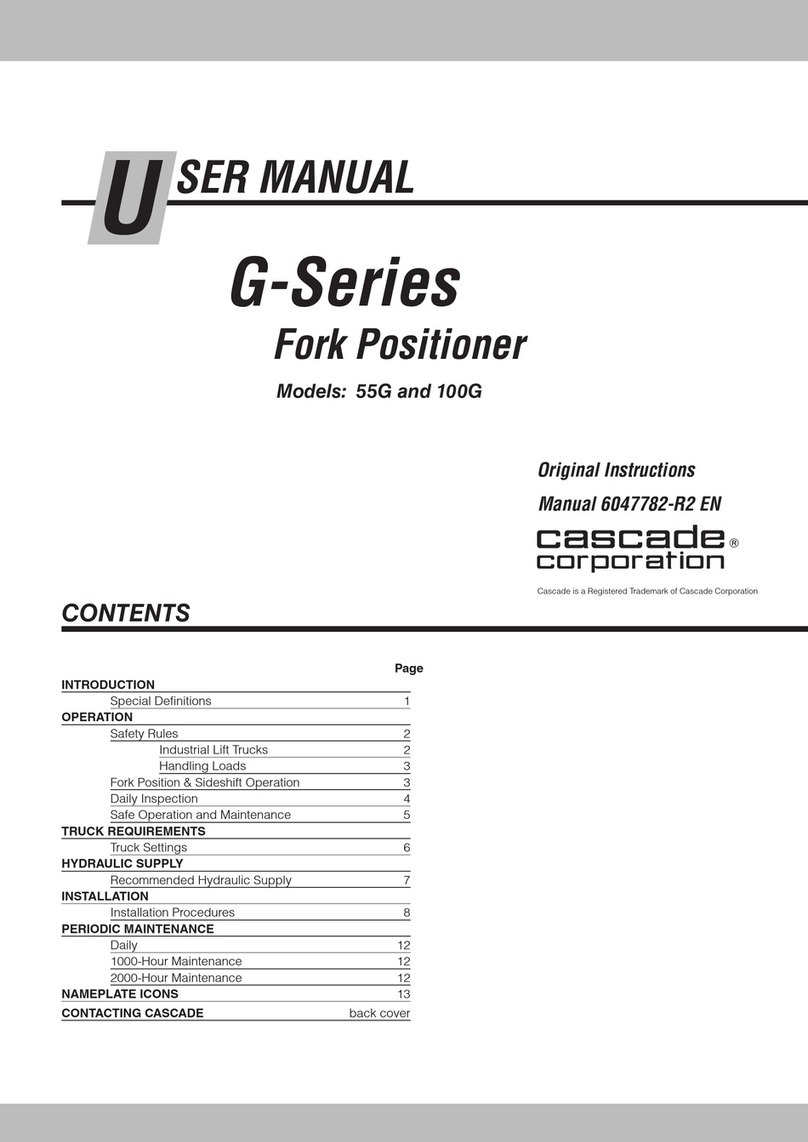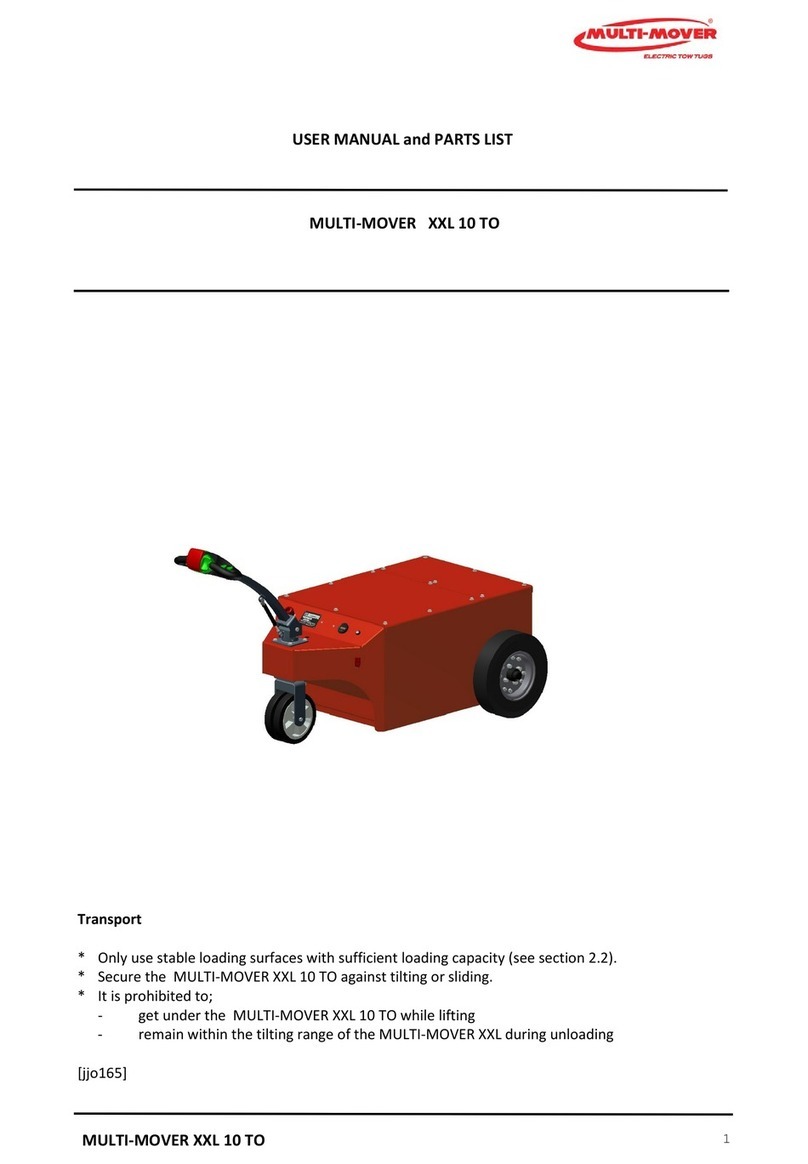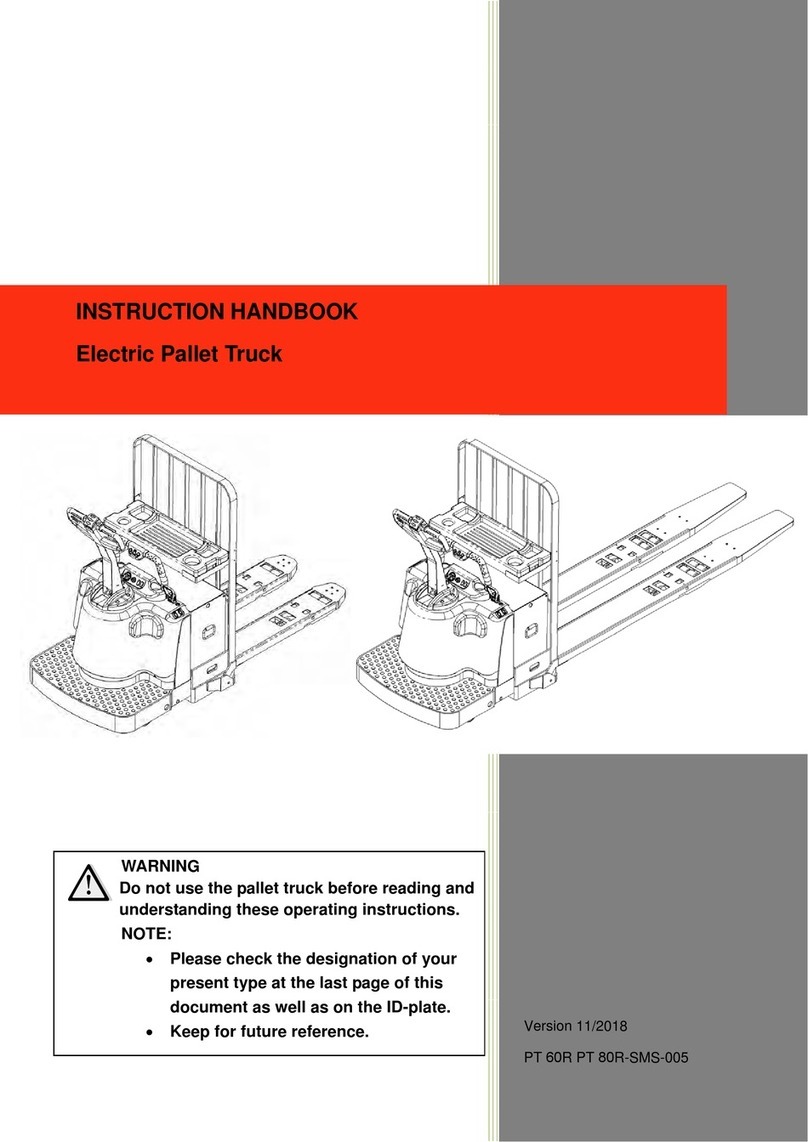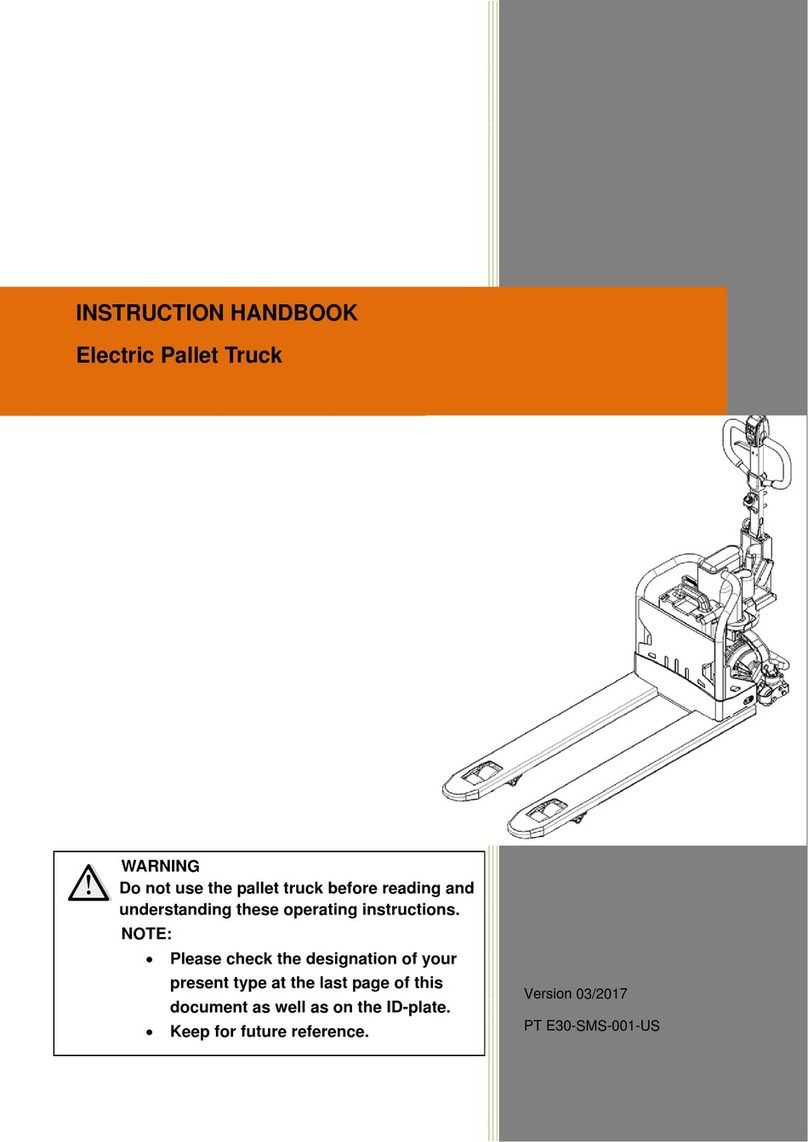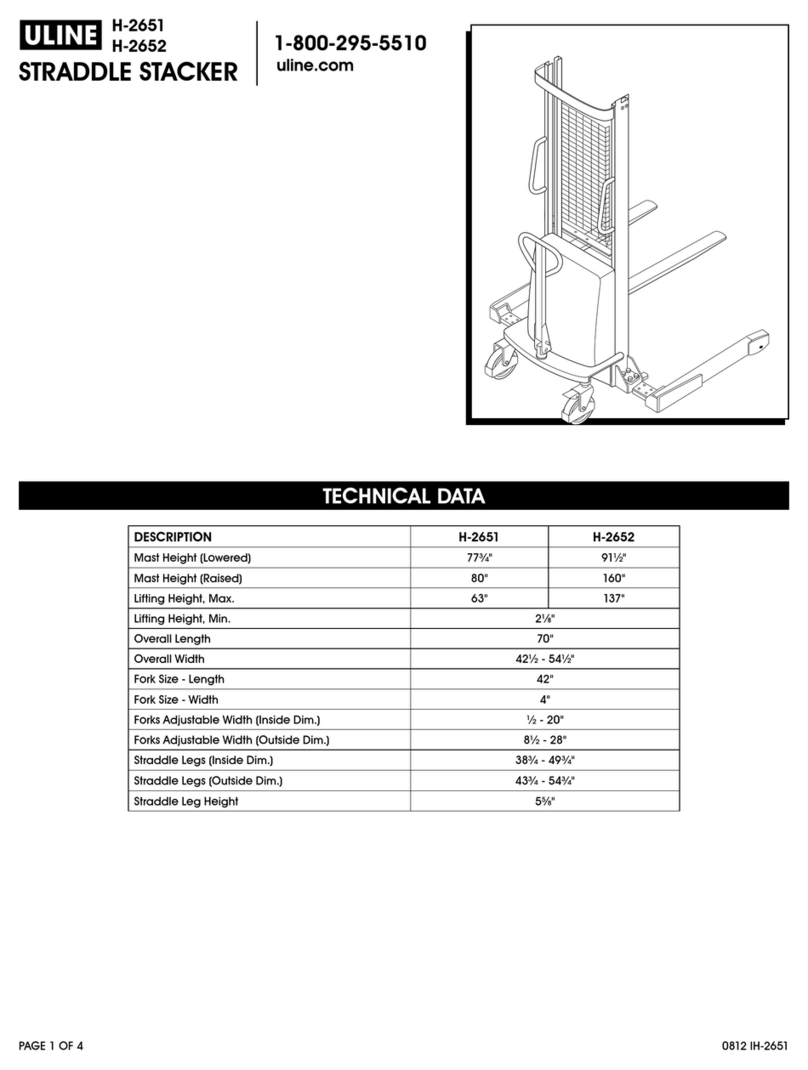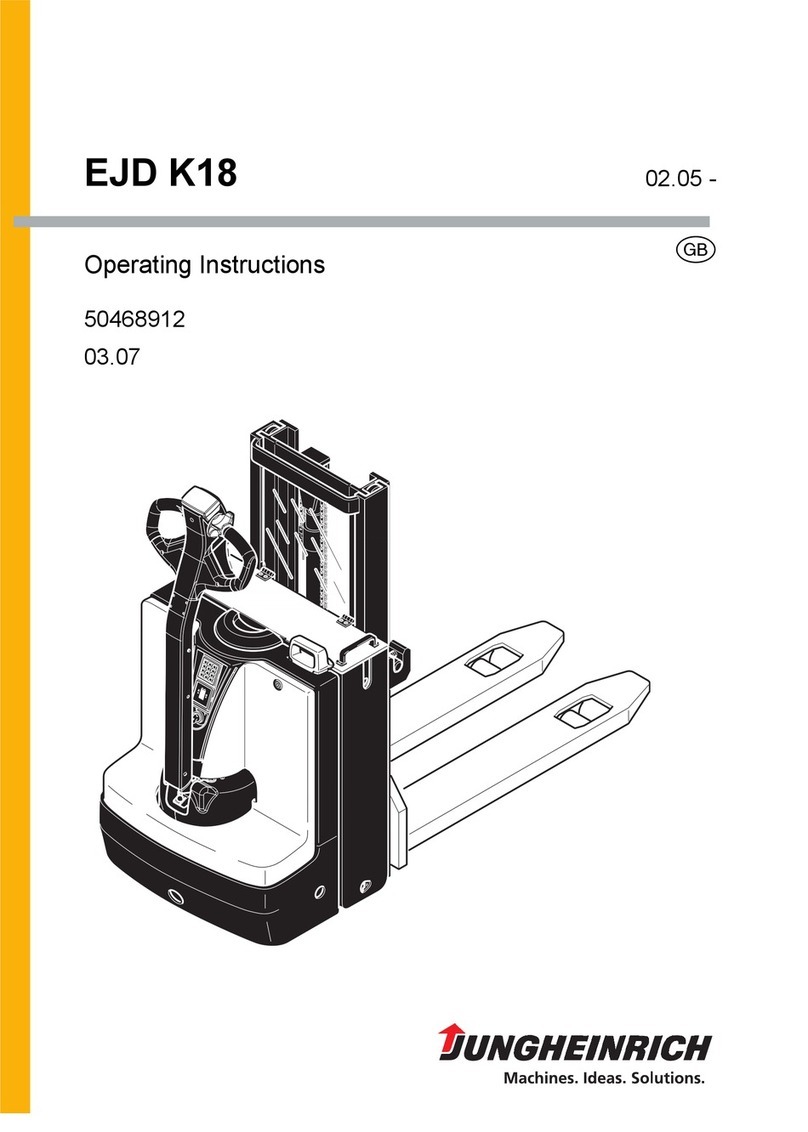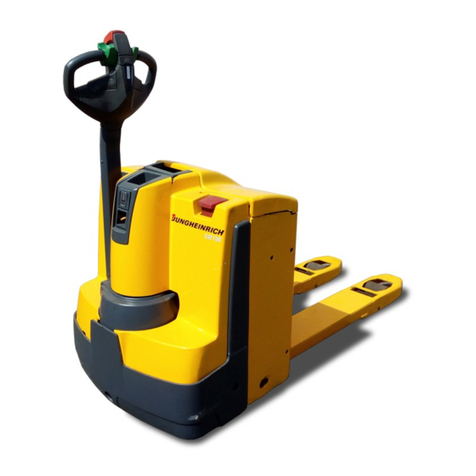
Parking Brake Caliper Repair 1800 SRM 1037
Parking Brake Caliper Repair
RELEASE BRAKE MANUALLY
Hydraulic Pressure Available
WARNING
To prevent serious eye injury, always wear safe
eye protection when doing maintenance or ser-
vice.
WARNING
If it is necessary to raise the vehicle to service
the parking brake, support the vehicle with
safety stands. Do not work under a vehicle
supported only by jacks. Jacks can slip or fall
over and cause serious personal injury.
WARNING
Never try to turn or remove the spring cap
while hydraulic pressure is applied to the
brake. Turning the cap while pressure is ap-
plied can damage the O-ring seals and the
spring cap threads. Removing the cap can
cause serious personal injury by the sudden
release of hydraulic pressure. Verify that the
nut is at the end of the stud before you place
the vehicle in service. If the nut is tightened
against the spring cap, the brake cannot be
applied and serious personal injury can result.
1. Verify that the vehicle is on a level surface.
2. Put blocks under the wheels not being serviced
to keep the vehicle from moving.
3. Apply hydraulic pressure to release the brake.
NOTE: The manual release stud and nut have left-
hand threads.
4. To lock the brake in the released position, remove
the cotter pin from the stud nut until it touches
the spring cap.
5. Release the hydraulic pressure.
Hydraulic Pressure not Available
1. Verify that the vehicle is on a level surface.
2. Put blocks under the wheels not being serviced
to keep the vehicle from moving.
3. Remove the cotter pin from the stud nut. Tighten
the nut against the spring cap and continue
tightening to manually retract the piston and
lining from the disc. Stop tightening when the
spring cap starts to turn.
REMOVE
1. Verify that the vehicle is on a level surface.
2. Put blocks under the wheels not being serviced
to keep the vehicle from moving.
WARNING
Before disconnecting any hydraulic lines, re-
lease pressure from the hydraulic circuit as fol-
lows:
a. Shut off the engine and completely lower
the carriage. Install blocks at the wheels to
prevent the lift truck from moving.
b. Operate the lift/lower lever and the brake
pedals until the hydraulic pressure is re-
leased.
WARNING
Brake linings can contain dangerous fibers.
Breathing the dust from these linings can
be a cancer or lung disease hazard. Do not
make dust! Do not clean brake parts with
compressed air or by brushing. Use vacuum
equipment approved for brake dust or follow
the cleaning procedure in this section. When
calipers are removed, do not make dust.
Do not sand, grind, chisel, hammer, or change
linings in any way that will make dust. Any
changes to linings must be done in a restricted
area with special ventilation. Protective cloth-
ing and a respirator must be used.
3. Manually release the brakes using the proce-
dures described in Release Brake Manually.
4. Disconnect the brake line from the caliper inlet.
Putplugsinthebrakelineandintheinlettopre-
vent contamination of the system. See Figure 2.
5. Remove the centering device if one is assembled
on the end of the caliper.
2
